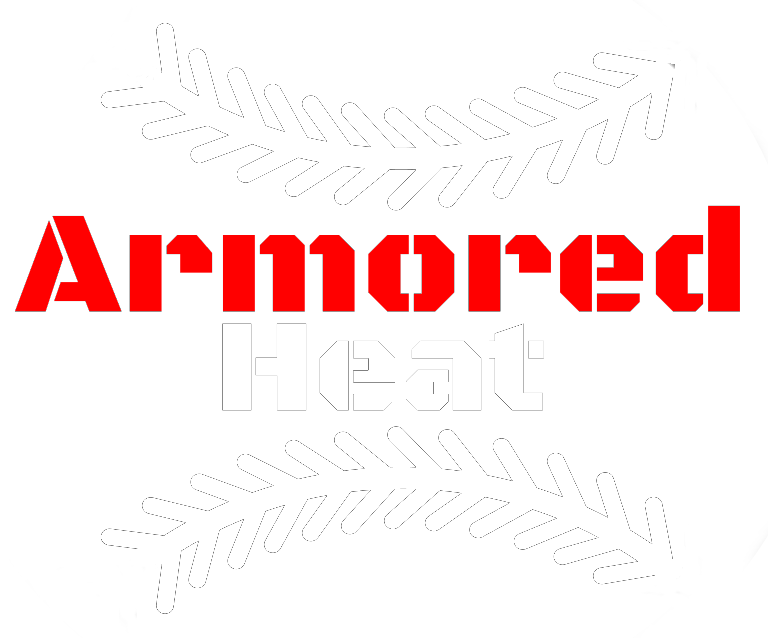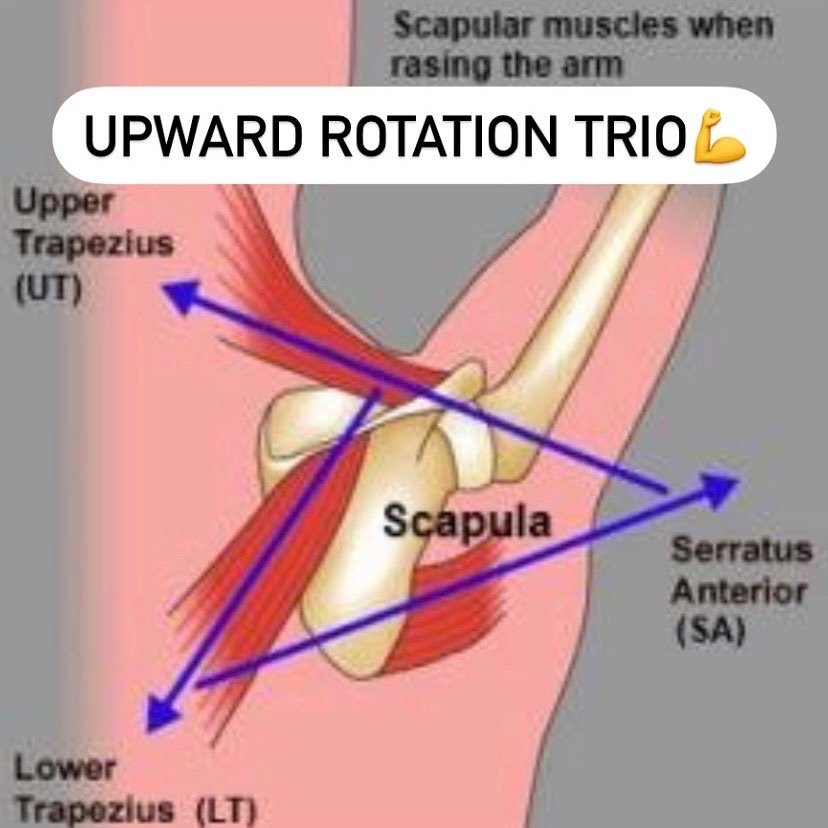The Key To Solving Upper Trap Dominance
We have all heard it! The most famous words in the Sports Medicine and Strength & Conditioning world: STOP SHRUGGING
In this article, we will dig way deeper on this classic cue and arm you with some ways to both identify and fix a dominant upper trap.
First off, we believe this can be a Cop Out cue. The upper trap should not be “Off” in any movement that involves Scapular Upward Rotation as it is on of the 3 muscles that share this responsibility: Upper Trap, Lower Trap, Serratus Anterior
Now, there are 2 ways to identify if the Upper Trap is truly tight or dominant. If the Upper Trap actually tight, it will result in an elevated or higher sitting Scapula on that side. The Scapula typically spans from T2-T7 at rest. Therefore, a tight Upper Trap will result in a higher sitting Scap and chronically lengthened Upper Trap will result in a lower sitting scap. It is important to note that both of these presentations can “feel tight” to the athlete as chronically lengthening muscles can feel tight and can result with similar trigger points.
When looking to see if the Upper Trap is Dominant dynamically, a simple test is to watch the Scap move with overhead motion. If the Upper Trap is dominant, you will see the Scapula being yanked into excessive elevation and Upward rotation. Comparing the motion to the opposite side is a easy initial way to accomplish this in addition with comparing where they lie on the rolodex of other shoulders you have seen.
In many of these Upper Trap Dominant cases, the cause is that the Serratus Anterior and Low Trap are not strong enough carry their weight in the shared responsibility of Upward Rotation. This forces the Upper Trap to put the team on their back to get the job done. This throws off the elevation/depression balance and leads to the “shrug”
How do we fix this imbalance? Now that you understand why the shrug happens, it is pretty easy to figure out the long term fix. The recipe is to strengthen the Low Trap and Serratus Anterior to get them strong enough IN A SHORTENED POSITION to carry their Upward Rotation Load. You may need to follow this up with some Motor Control training if this has been a chronic issue.
We believe our Armored Heat Program does the best possible job of training the Low Trap and Serratus Anterior in this fashion.


